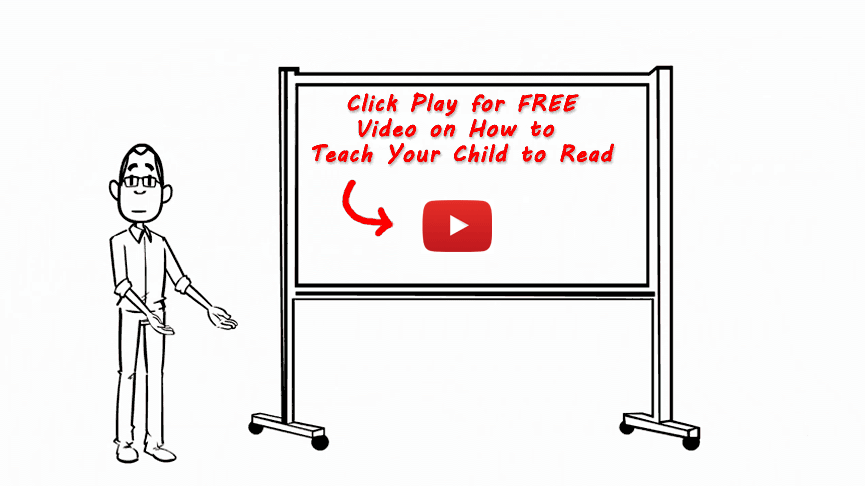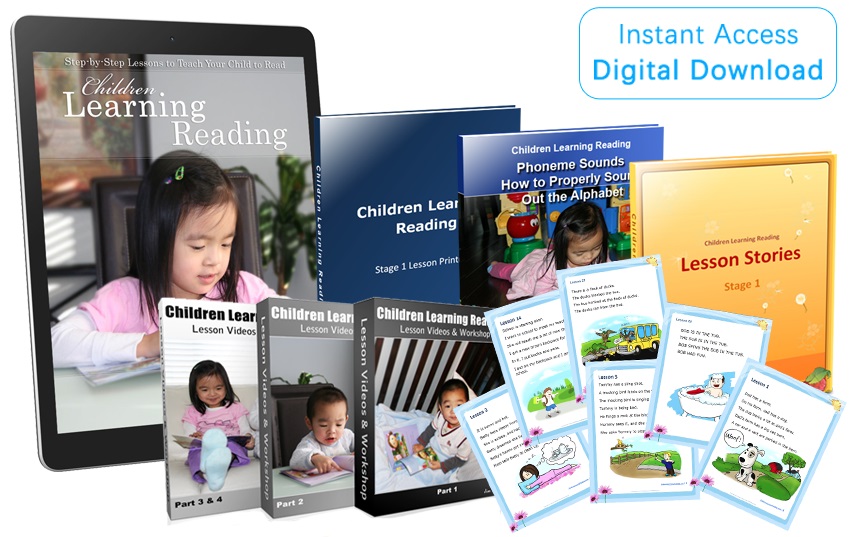Test Your Child’s Reading Age With These Three Methods
Burt Reading Test (Part 1)
Use ‘The Burt Reading Test’ to Reliably Identify the Reading Age of Your Child
A “reading age” is a great predictor of academic performance and can give you a lot of insight into your child’s progress at school. Of course a high reading age suggests that your child is learning well in class but it will also be a crucial tool that will help them to continue to thrive and to engage in self-directed learning.
The only question is how this can be measured. There are many methods that parents might use to try and ascertain whether their child’s reading ability is on par with their classmates but not all of these are made equal.
In this three part discussion, we’ll look at some of the best and most effective methods for testing a child’s reading age. These tests are designed for school-aged children with at least basic reading abilities and are used by a number of academic institutions to help monitor the progress of students. While no test will be 100% fool-proof, each of these are standardized models that are generally well regarded and that can give a fairly accurate indicator of how your child’s reading ability stacks up against the national average.
The three tests we’ll be looking at are:
- The Burt Word Reading Test
- The WRT (Word Reading Test)
- The Wide Range Reading Test for Kindergarten to College
We’ll look at each of these in detail over the next few pages. First, let’s examine The Burt Word Reading Test.
What is The Burt Word Reading Test?
The Burt Word Reading Test was originally introduced in 1974 and has since been revised and standardized over the years.
This test is comprised of 110 words, each graded in order of rough difficulty. The child being tested will then simply read through as many of the words as they can. They stop when they fail to read 10 consecutive words. From here, the child is then graded on how many words they got correct and given an appropriate reading age based on that information. The highest score is a reading age of 14.3.
If you’re interested in learning more, or having your own child take the test, then you can find the original document HERE.
There is also a better quality version of the test on its own available HERE.
Assessing the Score
So what kind of score can you expect your child and what should you make of the final result?
Results can vary greatly of course and in our tests, it’s not uncommon to find children as young as 3 or 4 with a reading age of around 6 or 7. While this might sound surprising, a proactive approach to reading can make all the difference.
The results of this test are largely based on vocabulary, though good pronunciation and an understanding of how words are formed (you can work out what contagion means based on an understanding of the word contagious for instance). Thus, as long as a child reads regularly and is exposed to language on a regular basis, then there’s no reason they can’t develop their reading age to something well above the average; based on the results of this study.
On the other hand however, it’s important to recognize the obvious limitations in such tests as well. Even with more recent revisions, the Burt Reading Test is somewhat dated. The word ‘microscopical’ for example is generally not used these days, with ‘microscopic’ being preferred.
Likewise, the study can only really be taken once as the children might become familiar with the words by practicing the test. This is a serious limitation as it means that the same test cannot be taken multiple times by the same child to track their progress in an efficient manner.
5 Year Old Child Reading a “Technical” Book! (She Learned to Read Using Jim Yang's Reading Program)
It’s also possible that a child might have a good vocabulary and simply not know the words chosen for this test. And of course, reading ability is not entirely determined by vocabulary.
That said though, this is nevertheless a fairly good indicator of reading ability and is backed by a good amount of research. It also has the significant advantage of being quick and easy to administer. If you take the results with a pinch of salt, it can be a quick way to gain some insight.
On the next page, we’ll be looking at The WRT Word Reading Test.





